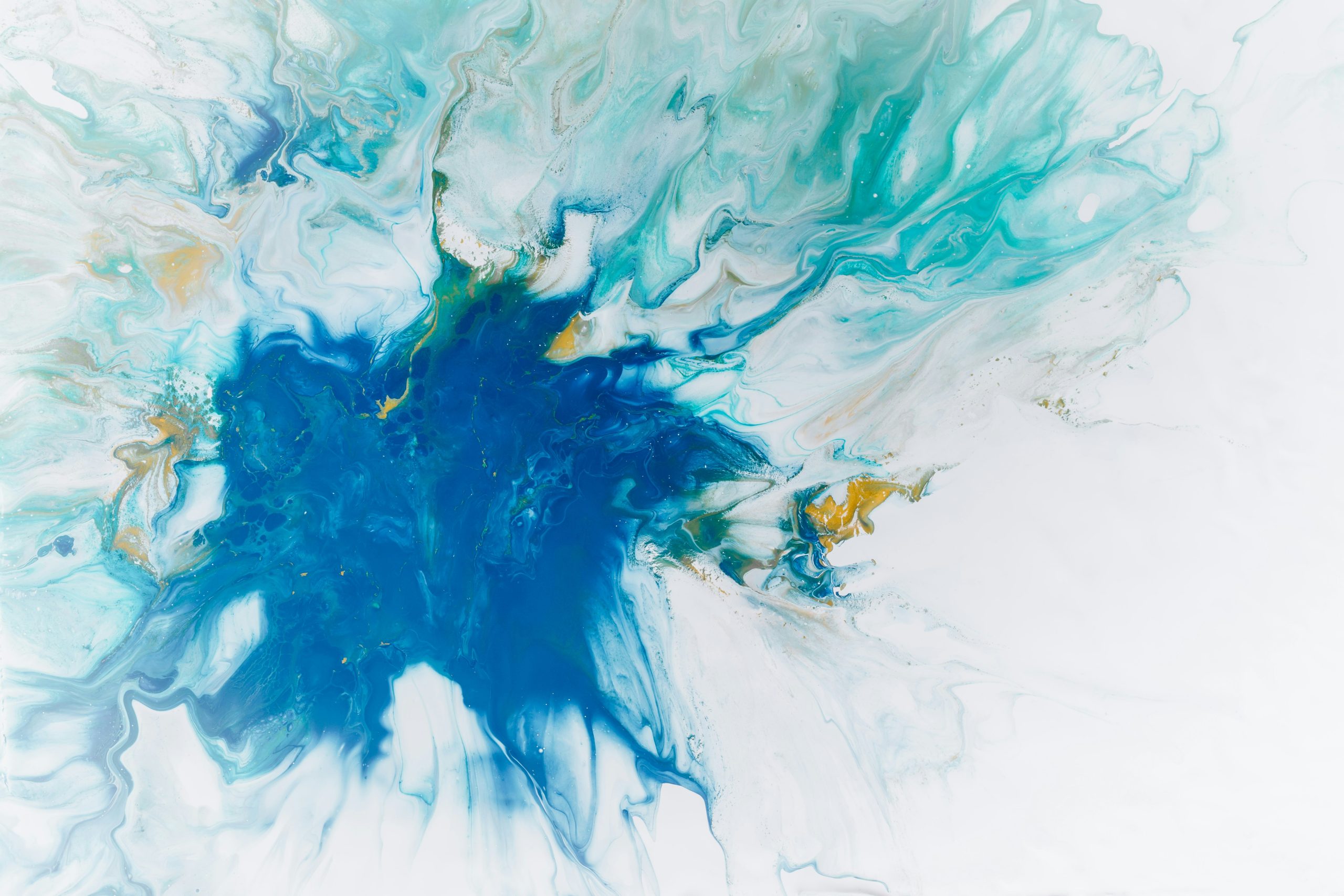How to Select the Best Canvas for Painting and Drawing

Looking for more amazing products? Check out our online store and explore our collection here! Happy shopping!
Before diving in, please note: This post is for informational purposes only. If you’d like to know more about how we approach topics, feel free to check out our friendly Disclaimer Page.
Hey there, amazing readers! 
We’re committed to delivering quality posts, and your support (even just sticking around despite the ads) means everything to us. So, bear with us, and thanks for helping us keep the good vibes rolling. Now, on to the fun stuff!
TRANSLATE BUTTON AT THE END OF THE ARTICLE
Introduction
Choosing the right canvas for painting and drawing is crucial for achieving the best results in your artwork.
The type of canvas you select can significantly impact the texture, durability, and overall quality of your work.
This guide will help you understand the different types of canvases available and provide tips for selecting the best one for your artistic needs.
1. Types of Canvas
Cotton Canvas
Characteristics: Cotton canvas is a popular choice due to its affordability and versatility.
It is typically available in various weights and textures.
Uses: Ideal for acrylics and oil paints, cotton canvas is suitable for beginners and professionals alike.
It offers a relatively smooth surface that holds paint well.
Linen Canvas
Characteristics: Linen canvas is made from flax fibers and is known for its strength and durability.
It has a finer texture compared to cotton.
Uses: Preferred by professional artists, linen canvas provides a smooth surface that enhances detail and texture.
It’s ideal for oil painting and detailed work.
Polyester Canvas
Characteristics: Polyester canvas is a synthetic alternative to natural fibers.
It is resistant to stretching and offers consistent texture.
Uses: Suitable for both acrylics and oils, polyester canvas is durable and easy to maintain.
It’s a good choice for artists who require a stable, long-lasting surface.
2. Canvas Types and Finishes
Stretched Canvas
Characteristics: Stretched canvas is pre-stretched and mounted on a wooden frame.
It is ready to use right out of the package.
Uses: Convenient for immediate use, stretched canvas is ideal for both beginners and experienced artists.
It’s available in various sizes and textures.
Canvas Panels
Characteristics: Canvas panels are canvases mounted on rigid boards, offering a solid, flat surface for painting.
Uses: Perfect for studies, sketches, and plein air painting, canvas panels are portable and easy to work with.
They are a good option for artists who prefer a sturdy, flat surface.
Roll Canvas
Characteristics: Roll canvas comes in large rolls and needs to be stretched or mounted before use.
Uses: Ideal for large-scale projects, roll canvas allows artists to cut and stretch the canvas to their desired size.
It’s a flexible option for custom artwork.
3. Canvas Weight and Texture
Lightweight Canvas
Characteristics: Lightweight canvases have a thinner fabric and are less textured.
Uses: Suitable for smooth, detailed work, lightweight canvases are often used for fine art and detailed paintings.
Medium-Weight Canvas
Characteristics: Medium-weight canvases offer a balance between durability and texture.
Uses: Ideal for a variety of painting techniques, medium-weight canvases are versatile and work well with both acrylics and oils.
Heavyweight Canvas
Characteristics: Heavyweight canvases are thicker and more textured, providing a robust surface.
Uses: Great for impasto techniques and heavy applications of paint, heavyweight canvases can handle substantial layers and textures.
4. Canvas Preparation
Pre-Stretched vs. Custom Stretching
Pre-Stretched: Most canvases come pre-stretched and primed, ready for painting.
This option is convenient and time-saving.
Custom Stretching: If you have specific size or texture requirements, you can purchase raw canvas and stretch it yourself.
This allows for greater control over the final result.
Priming
Characteristics: Priming involves applying a preparatory layer to the canvas to enhance paint adhesion and prevent absorption.
Uses: Most canvases come pre-primed, but you can apply additional layers of gesso to adjust the texture or absorbency according to your needs.
5. Choosing the Right Canvas for Your Medium
Acrylic Paint
Characteristics: Acrylic paint works well on a variety of canvases, including cotton and polyester.
Recommendations: Opt for a medium or heavyweight canvas with a smooth texture to achieve vibrant colors and even coverage.
Oil Paint
Characteristics: Oil paint requires a durable surface that can handle extended drying times and heavy applications.
Recommendations: Choose linen canvas or a heavyweight cotton canvas for the best results.
Ensure the canvas is properly primed to prevent oil seepage.
Watercolor Paint
Characteristics: Watercolor paint requires a highly absorbent surface that can handle wet applications.
Recommendations: Although watercolor paper is the standard, some artists use canvas specially prepared for watercolors.
Look for a canvas with a textured surface designed for water media.
Conclusion
Selecting the right canvas for your painting and drawing needs involves considering factors such as material, texture, weight, and preparation.
By understanding the characteristics of different canvases and their suitability for various mediums, you can choose the best option to support your artistic vision.
Whether you’re working with acrylics, oils, or watercolors, the right canvas will enhance your creative process and the quality of your artwork.

The Enlightenment Journey is a remarkable collection of writings authored by a distinguished group of experts in the fields of spirituality, new age, and esoteric knowledge.
This anthology features a diverse assembly of well-experienced authors who bring their profound insights and credible perspectives to the forefront.
Each contributor possesses a wealth of knowledge and wisdom, making them authorities in their respective domains.
Together, they offer readers a transformative journey into the realms of spiritual growth, self-discovery, and esoteric enlightenment.
The Enlightenment Journey is a testament to the collective expertise of these luminaries, providing readers with a rich tapestry of ideas and information to illuminate their spiritual path.
Our Diverse Expertise
While our primary focus is on spirituality and esotericism, we are equally passionate about exploring a wide range of other topics and niches 

To ensure we provide the most accurate and valuable insights, we collaborate with trusted experts in their respective domains 
Our blog originally focused on spirituality and metaphysics, but we’ve since expanded to cover a wide range of niches. Don’t worry—we continue to publish a lot of articles on spirituality! Frequently visit our blog to explore our diverse content and stay tuned for more insightful reads.
Hey there, amazing reader! 
Check out our store here and take a peek at some of our featured products below! Thanks for being awesome!










